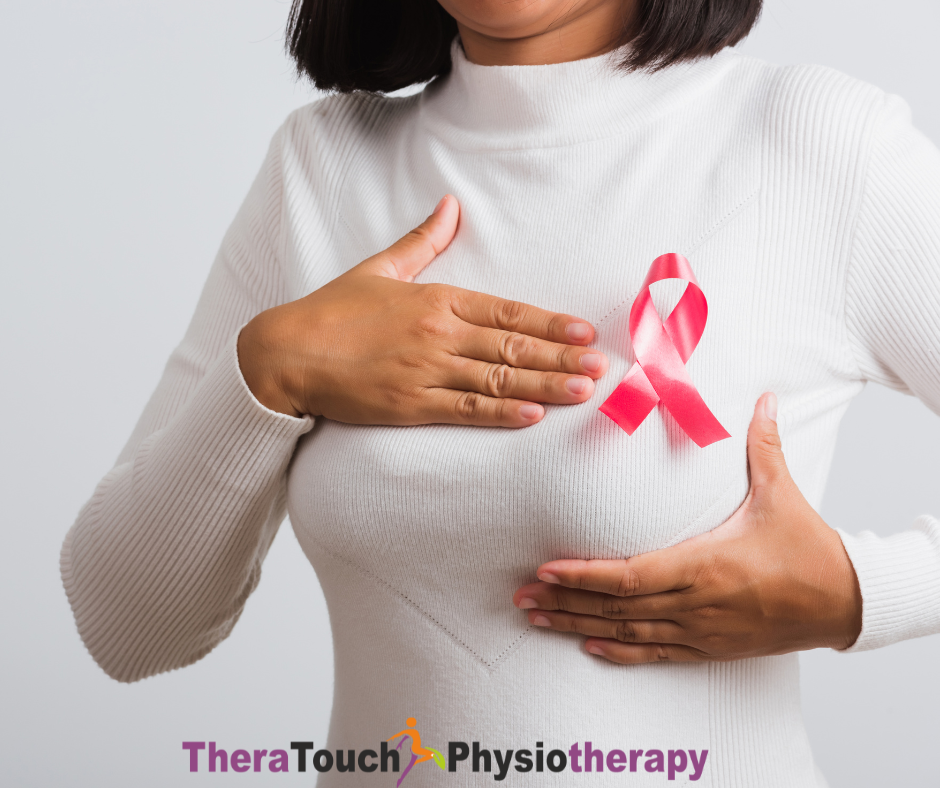How Do I Relieve My Pain?
Why wait for pain or discomfort to disrupt your life when you can take control and prevent these issues before they start? Being proactive with your health, especially through physiotherapy, can help you avoid the escalation of minor problems into serious conditions. By taking action now, you can enhance your well-being and ensure a healthier, more comfortable future.
Act Early to Prevent Crises
Waiting for symptoms to worsen often leads to more severe and complicated issues. Instead of reacting to pain, be proactive by scheduling regular physiotherapy sessions. Early intervention helps you identify and address potential health concerns before they develop into significant problems. For instance, if you notice occasional back pain or stiffness, addressing it early with targeted exercises and techniques can prevent chronic pain and mobility issues in the future.
Master Your Pelvic Health with Pelvic Floor Physiotherapy
Pelvic floor dysfunction is a common issue that many people overlook until it becomes debilitating. Instead of waiting for symptoms like incontinence or pelvic pain to impact your daily life, take charge with pelvic floor physiotherapy. This specialized form of therapy focuses on strengthening your pelvic floor muscles and teaching you how to properly engage and relax them. By proactively working on your pelvic health, you can prevent issues from becoming severe and manage conditions more effectively. Whether you’re dealing with postpartum recovery, menopause-related changes, or general pelvic health concerns, pelvic floor physiotherapy offers personalized strategies to support your well-being.
Build a Strong Foundation for Long-Term Health
Physiotherapy isn’t just about treating existing issues; it’s about building a robust foundation for your overall health. Regular physiotherapy sessions can help you strengthen your core muscles, which are essential for supporting your spine and preventing back pain. They can also improve your posture, enhance your flexibility, and increase your range of motion. These benefits are crucial not only for preventing injuries but also for improving your performance in daily activities and physical fitness. By focusing on these areas, you create a strong foundation that supports your body and reduces the risk of future problems.
Personalized Care for Your Unique Needs
One of the greatest advantages of physiotherapy is its personalized approach. Unlike generic advice, physiotherapy offers tailored care based on your specific needs and lifestyle. Your physiotherapist conducts a thorough assessment to understand your body’s strengths and weaknesses, then creates a customized plan that targets your particular concerns. Whether you’re recovering from an injury, managing a chronic condition, or seeking to enhance your overall health, personalized physiotherapy ensures you receive the most effective and appropriate care.
Take Charge and Empower Yourself
Taking a proactive approach with physiotherapy empowers you to take charge of your health. Don’t let pain or discomfort dictate your actions, choose to strengthen, educate, and protect your body now. Physiotherapy provides you with the knowledge and tools to prevent issues, manage existing conditions, and maintain optimal health. It’s about being active in your healthcare journey, making informed choices, and taking steps that benefit your future well-being.


